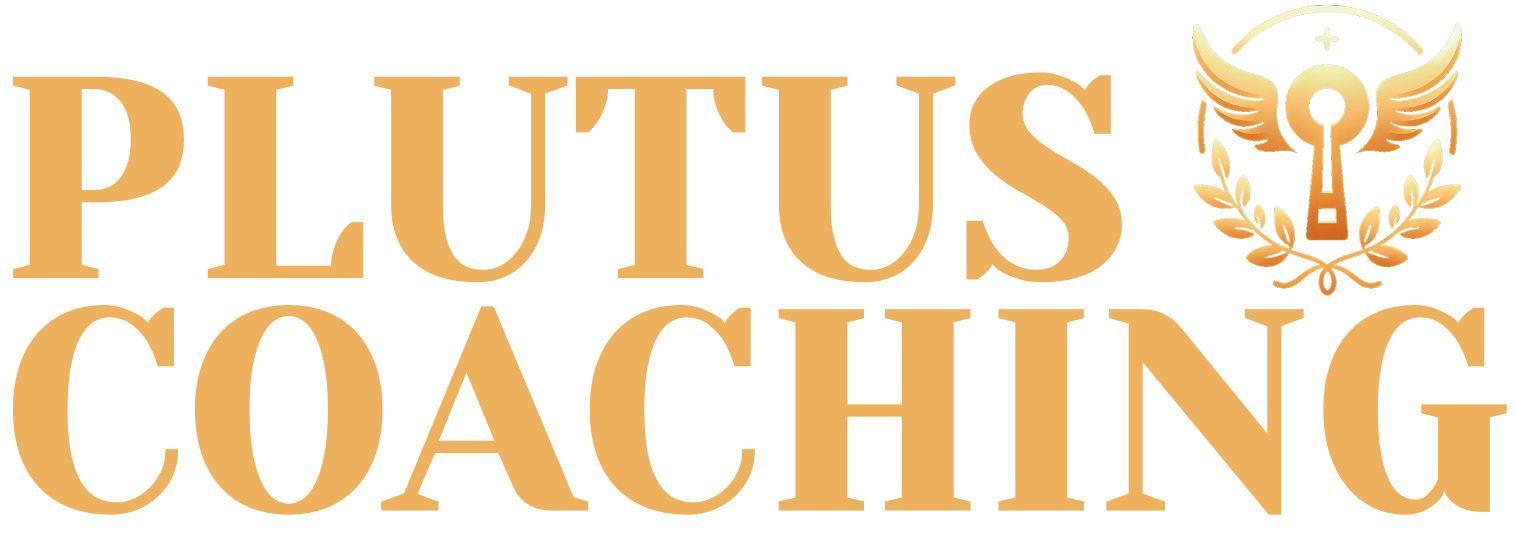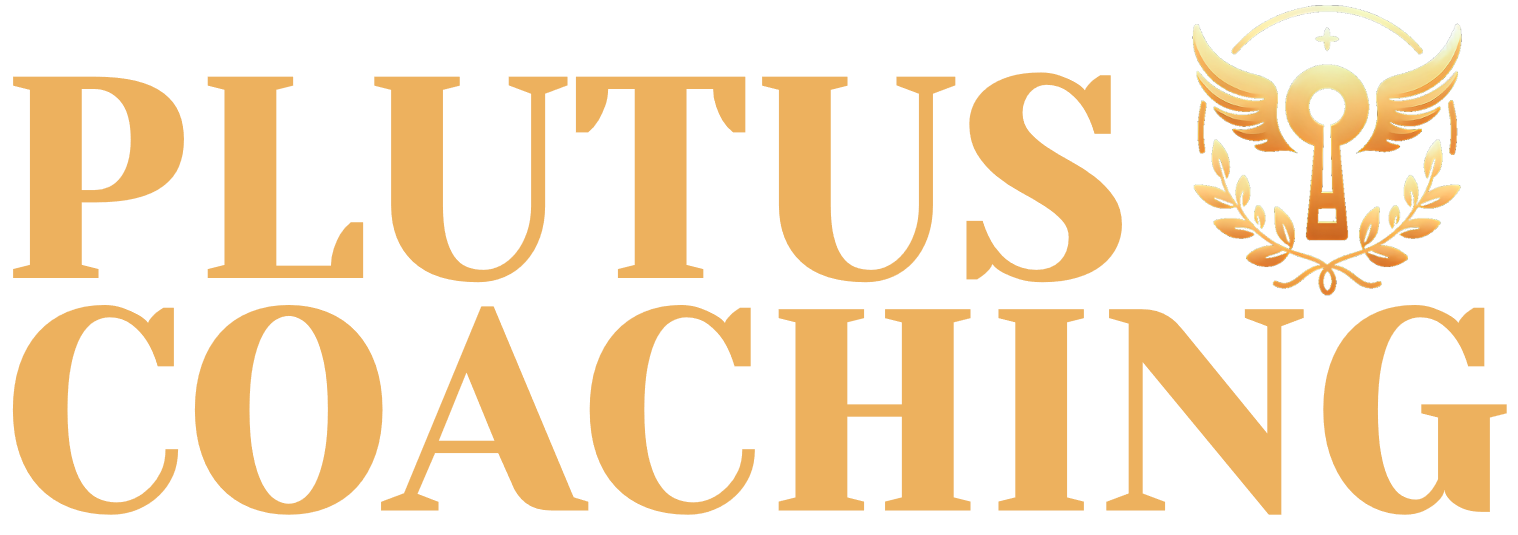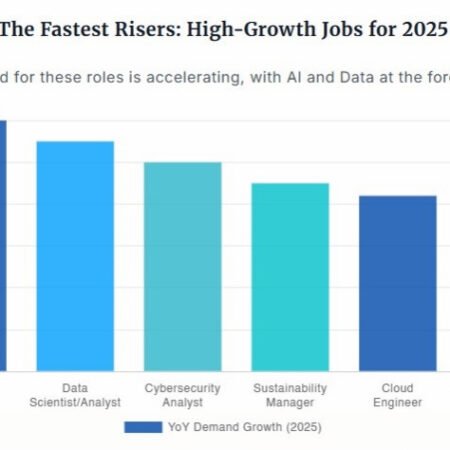You’re a serious job seeker, and you know AI isn’t just a trend—it’s a tool you need to master. But where exactly do you draw the line? Using AI incorrectly can make your application look generic or, worse, get you filtered out entirely.
As a recruitment expert, I see the applications that shine and the ones that hit the digital trash bin. Here is the detailed breakdown of how to use AI for maximum efficiency and where you must take the reins.
1. Job Search and Targeting: Finding the Right Path
The biggest challenge in searching for jobs is noise—sifting through countless listings that aren’t quite right. AI helps you filter the world down to the exact opportunities you want.
Where AI is the Friend (Efficiency)
Advanced Filtering: Instead of just searching for “Marketing Manager,” you can feed AI tools your resume and ask it to find job descriptions that have an 80% skill overlap with your experience. This is faster and more precise than manual filtering.
Summarizing Requirements: When you look at five different listings for the same role, the requirements can be overwhelming. Use AI to read all five and generate a concise list of the top five common skills mentioned. This gives you a clear target for customization.
Company Targeting: You can ask AI to look at a company’s recent press releases, mission statement, or CEO interviews and pull out specific values or projects. You can then use these exact terms in your cover letter, showing you’ve done your homework.
Where You Must Do the Work (Human Input)
The Gut Check: AI only sees text. You need to look at the location, the company culture (check employee reviews!), and the actual work schedule. Does the job truly align with your life goals? Only you can make that judgment.
Salary Benchmarking: Never trust an AI to tell you the final salary number. Do your own research using industry-specific salary data websites to understand the correct pay range for your city and experience level.
2. Optimizing Your Documents: The ATS Challenge
The Applicant Tracking System (ATS) is software that reads, scans, and ranks your resume based on how well it matches the job description. If you don’t beat the ATS, a human never sees your application.
Where AI is the Friend (Passing the Test)
Keyword Matching: AI is exceptional at comparing the keywords in the job description against your resume. It will flag where you used a weaker term (e.g., “managed staff”) instead of the exact phrase the company is looking for (e.g., “led a team of 10”).
Structure and Formatting: Certain ATS systems struggle with complex designs, fancy fonts, and graphic elements. You can use AI to quickly reformat a visually complex resume into a plain, simple text version that all ATS systems can easily process.
Bullet Point Punch-Up: It’s crucial to use the “Action-Result” format (e.g., “Increased sales by 15% by implementing a new software system”). AI can take a weak bullet point and quickly rework it into a strong, results-focused statement.
Where You Must Do the Work (Authenticity)
Verification of Results: AI can make up numbers (this is called hallucinating). If you claim to have “saved $50,000,” you must be able to back it up with a real story in the interview. Do not inflate your achievements.
The Anecdote for the Cover Letter: After AI drafts the professional core of your cover letter, you must insert a specific, short story (an anecdote). For example: “I noticed your company recently partnered with XYZ charity; this reminds me of the three years I spent volunteering for a similar cause, where I realized the power of community outreach.” This single detail moves your application from generic to genuine.
3. Preparation for Interviews and Research
Once you secure an interview, AI becomes your dedicated research and practice partner.
Where AI is the Friend (Deep Insight)
Behavioral Question Drills: Use AI to run practice interviews. Tell it the job title and ask it to only generate behavioral questions (like “Tell me about a time you had a conflict with a teammate…”). The AI can then give you immediate feedback on whether your answer used the STAR method correctly.
Technical Deep Dives: For technical roles, you can feed AI a short list of concepts from the job description (e.g., “Kubernetes, CI/CD pipeline, and Python Django”). Ask it to generate 10 questions on those specific topics, making your preparation hyper-focused.
Brainstorming Questions for Them: A great interview involves you asking smart, insightful questions. Ask AI to generate “3 smart questions to ask the hiring manager based on their recent company news.” This will show the interviewer you’re thinking strategically.
Where You Must Do the Work (The Connection)
Non-Verbal Communication: AI can’t help you master body language, maintain eye contact, or speak with confidence and energy. Practice these elements with a person or by recording yourself.
Connecting Your Story: The core of every interview answer is linking your past experience to the future role. You must be able to fluidly switch between the technical details (which AI helped you review) and the bigger picture of why you want to work for them (your core motivation).
4. The Critical Warning: The Automation Trap
Be extremely careful with “auto-apply” tools or services that promise to submit your documents to hundreds of jobs weekly. This is the biggest way AI can become your foe.
These tools are built on a flawed idea: that volume is the key to job searching.
How Companies Detect Spam: Recruiting software uses complex algorithms to identify spam patterns. These include:
Submitting the exact same cover letter to five different, unrelated jobs at the same company.
Applying for roles (e.g., Engineer, Accountant, and Designer) simultaneously, indicating a lack of focus.
The Blacklist Risk: Once a system identifies you as a spammer, it often automatically marks your profile as “Do Not Hire” or blacklists your email and name. This means any future application you submit—even a highly tailored one—may be automatically rejected without a human review.
Your Rule: Never fully automate the submission process. Use AI for drafting and customizing, but always hit the submit button yourself after reviewing and tailoring the content.
The most successful job seekers treat AI as a staff member for speed and efficiency, but they remain the CEO of their career strategy, signing off on every major decision and communication with a personal touch.





